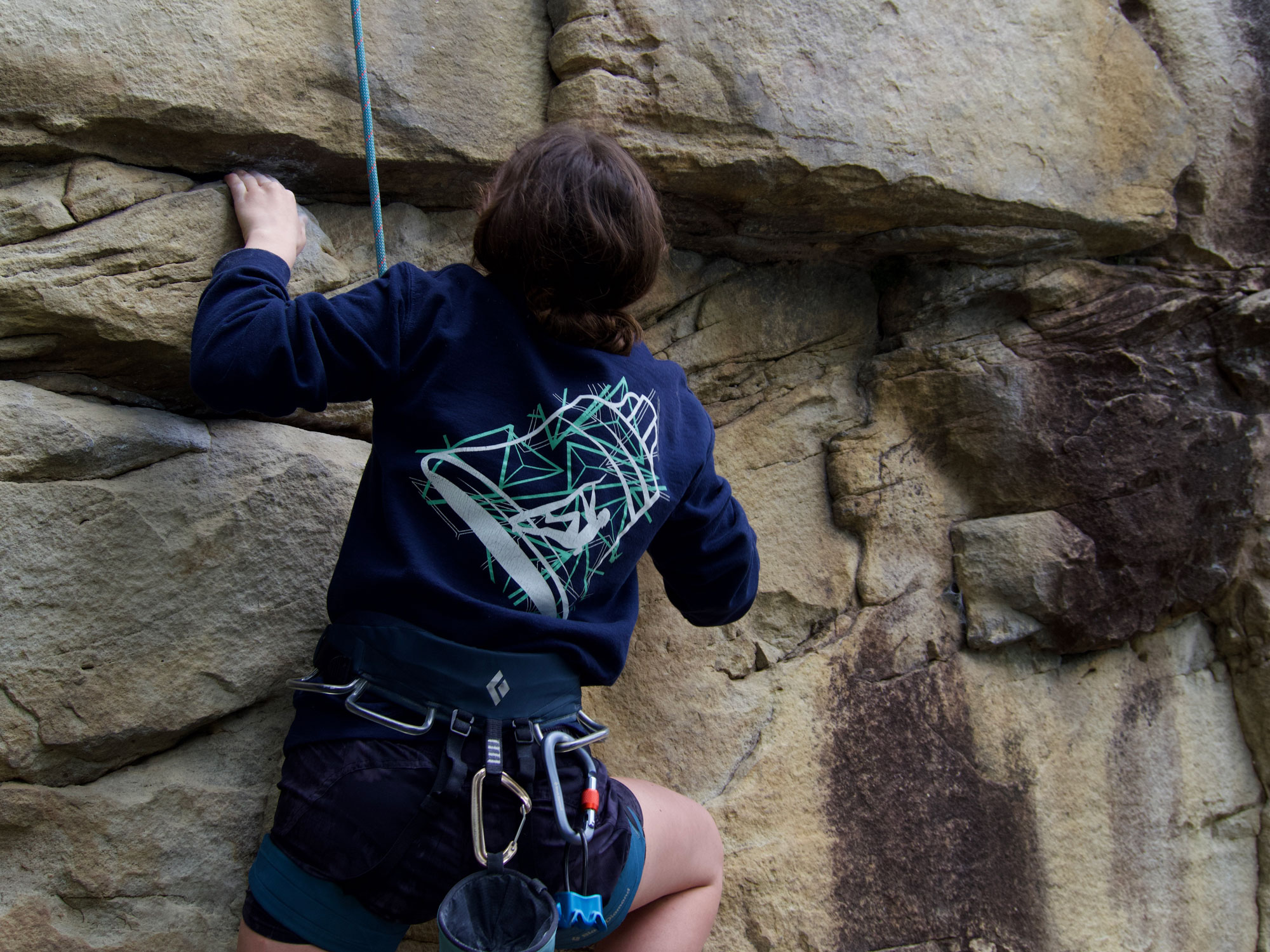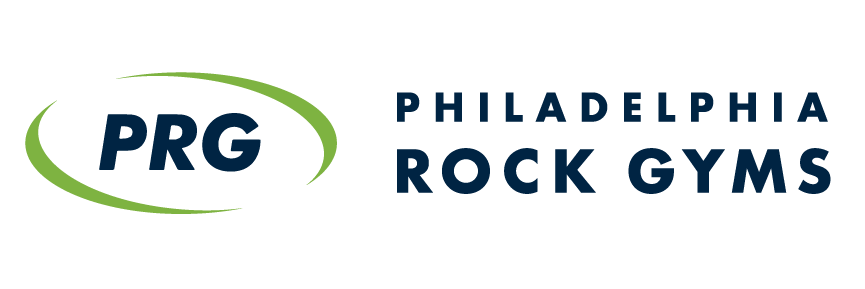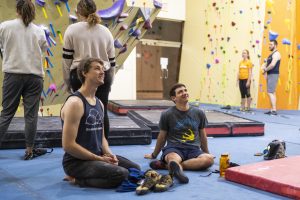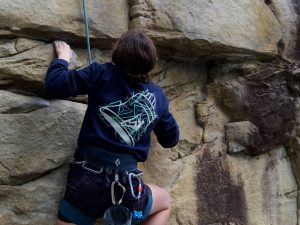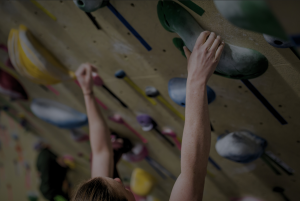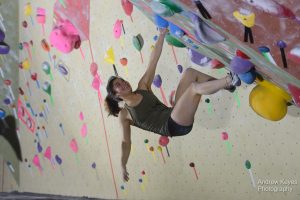Fitness Goals Explained
The motivation for our training model came from years of watching climbers on both routes and boulder problems. We examined in detail the different types of “fitness” they need in order to complete their projects. After much research we found that the number of core fitness goals for each discipline (bouldering and routes) was four, with a couple of others as support goals.
We will examine the different goals in each discipline, what motivates them and the basic idea for how they can be trained.
Routes
Despite what many believe, training for routes is not terribly different from training for bouldering. In fact, route climbing involves nearly all of the same goals as bouldering. They are power, strength/recruitment and hypertrophy.
The reason for this that your overall ability to climb hard is limited, primarily, by your power. Increase your power, and you will increase your grades. And increasing your power requires increasing your muscle mass and your recruitment. This is true for routes as well as for bouldering.
But, when you are ready to tie-in to a rope, and your power has reached a maximum for a cycle, you may find that your endurance (i.e. your ability to do a large number of moves in a row) is lacking. In addition, in bouldering, the problems are so short that resting on a climb is rarely helpful. On routes, climbers must be able to get some rest (or recovery) while climbing, otherwise exhaustion will quickly exhaust your power reserves.
To address this problem when training for routes, we modify our goals. We must account for longer stretches of “hard” climbing (15-60 moves), and the inability to “step off the wall” to get a rest.
Goal #1: Power (Short Cruxes)
As we have said, power for routes serves essentially the same purpose as in bouldering. The need to be able to do ultra-short sequences of hard moves. Just as with bouldering, this is typically the defined “crux” of a route, sequences of 1-3 moves.
Goal #2: Power Endurance (Longer, Consistent “Red-Point” Cruxes).
Just as with bouldering, on routes not all cruxes are created equal. While “powerful” cruxes tend to be short (1-3 moves) and at your limit, and “bouldery” cruxes only slightly longer (3-8 moves), many crux sections on routes can reach 15 to 25 moves of consistent difficulty. On such sections the limiting factor tends to be your body’s ability to prevent a pump from occurring. This is for as long as possible, while climbing at, or near, your consistent red-point level.
Power endurance training focuses on such sections and on reducing, or eliminating, the pump. This is so you can keep fighting at 85-90% effort over these longer sequences.
From a physiological perspective, the goal is to train your body to both use your strength efficiently. This reduces the overall number of muscle fibers you need, on average, to complete a longer sequence. Additionally, it creates chemicals (such as buffering agents) to help reduce the risk of exhaustion during that section.
There is, however, a limit to how long you can stave off a pump under these extreme conditions. At high levels of difficulty, you will quickly run out of unused muscle to recruit. Also, your store of chemical buffers will dry up, leading inevitably to the dreaded flash-pump and failure. To mitigate this risk and preserve your resources, we must also train for long endurance.
Goal #3: Long Endurance (Long, Sustained Sections of Pumpy Climbing)
Power endurance aims to train your ability to prevent a pump over the course of a long, bouldery crux (15-25 moves). Long Endurance trains your ability to tolerate a pump over even longer, though less difficult, sections (30-60 moves).
This goal is derived from the observation that, unlike boulder problems, where it is quite common to have 8-12 moves of similar difficulty in a row, routes are rarely so simple.
Length
First, due to their length, routes often cover a wider variety of terrain than boulder problems. It is common to have routes that start as slab, transition to vertical or slightly overhanging, move into a steep section, then back to vertical or slab.
This leads to a situation where the physical difficulty of a route (as opposed to its technical difficulty), can vary widely from section to section. Moving, for instance, from easy climbing, to onsight level, to defined crux, to red-point crux, back to easy, and so on.
Energy
Second, it is also common for routes to have long sections (e.g. 30-40 moves) of moderate difficulty followed by shorter, well-defined power or power endurance cruxes, and vice versa.
As a result, climbers need to have energy reserves to make it through these sections. They also need have something leftover for the crux or the finish of the route.
Physiologically, the purpose of long endurance training is, primarily, to improve the efficiency of the anaerobic energy systems in the body. An example of this is to provide energy to your muscles without using oxygen. The value of this system is that it can quickly convert resources into energy, facilitating longer climbs at higher difficulties. The price you pay is that, without oxygen, these systems create by-products that tend to pile up. This interferes with energy transfer, eventually causing a pump and, in the end, muscle failure.
A secondary benefit of this training is to increase the contribution of the aerobic system to your overall performance—i.e. using oxygen to create energy. The benefit here is that using oxygen produces no nasty by-products, and therefore no pump!
Unfortunately, this system is generally too slow to meet all of your energy needs for sustained, difficult climbing. As a result, you will eventually need a method to rest your muscles while on route. This helps to replenish your reserves and to clear out the by-products that stifle energy production.
This leads to our final training goal.
Goal #4: Recovery (Resting While on Route)
The last critical piece for routes is to be able to rest without getting off the wall. This goal, as we have mentioned, is where route training significantly differs from bouldering. For most boulder problems, “shaking out” simply is not helpful. But, on routes, it is a critical skill to master.
Recovery training focuses on two main areas. The first is shaking out at a good hold (like a jug you can match). The second is shaking out during movement, or what we sometimes call, Red River Shakes.
The purpose of recovery sets is to train your body to relax at a rest hold. Or even between moves, encouraging blood to flow into tired muscles. This removes problematic by-products and brings in fresh resources to create more energy. In this way, after a long pumpy section, you can “reset” your muscles to perform better during the next section. Or, during a moderately difficult section, you can reduce your level of pump, preserving more energy for tougher sequences up ahead.
All material is reprinted with the permission of the author. Copyright 2022 David H. Rowland. All rights reserved.


